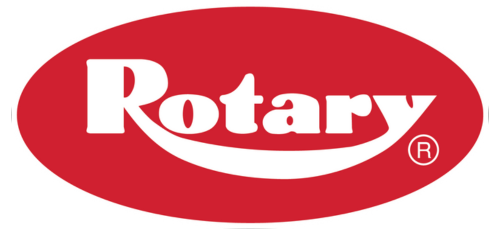 You keep up with what’s going on under the hood, but what about news and technology for yourself? You know, information that could make your job easier. Or trends you’ll want to track. There’s a lot going on in the repair industry, and staying in the know can help you stay ahead of the competitors. Take a look at our roundup for some insights into the latest auto repair technology and trends.
You keep up with what’s going on under the hood, but what about news and technology for yourself? You know, information that could make your job easier. Or trends you’ll want to track. There’s a lot going on in the repair industry, and staying in the know can help you stay ahead of the competitors. Take a look at our roundup for some insights into the latest auto repair technology and trends.
Jump on the Text Messaging Train
It’s likely that all you have to do is look to your left or right to see that texting is pretty big right now. The younger set is especially apt to turn to their phones to communicate, but the older crowd is messaging too. That popularity means it’s a great way for you to keep in touch with your customers. Texting services for dealerships, like Xtime, AdVantageTec or ELEAD Text, are growing in popularity. They let you send out appointment reminders and more. It’s convenient for you, and the stats prove that it reduces the number of no-shows, as well.
New Developments in Augmented Reality
In 2013, Volkswagen introduced an augmented reality app designed to help techs make repairs on their limited-production XL1. Called MARTA, it’s an app to guide service technicians through repairs. The software works via the camera on a tablet: Techs can hold their device up to the car and see it on-screen, plus extra information layered right over the live picture. It’s essentially an advanced, hands-on instruction manual. It’s not widely available, but could it be a sign of things to come?
This year, BMW added another element by offering a sneak peek of its augmented reality glasses. A bit like Google Glass, these aviator-style specs give the driver extra information, like directions, right in their field of vision. There’s even an x-ray feature that lets users “see” through the doors and sides of the car, a trick accomplished with outside cameras that communicate with the glasses. There’s no release date yet, but it could be a hint at what’s next in car tech.
Trends in Car Repairs
Here’s a quick trivia question you might know the answer to: What’s the most common repair associated with the check-engine light? Answer: a faulty O2 sensor. According to CarMD, this common repair averages around $300 to fix, and it’s a lot more expensive to ignore. Drivers could see a 40 percent drop in mileage if they don’t make the repair. That’s good reason to get it in the shop. For more on average repair costs and manufacturer reliability, see CarMD’s most recent Vehicle Health IndexTM.
Shop Management Systems are the Norm
If you’re not using an electronic system to track and manage the jobs at your shop, you’re behind the curve. According to a survey from Ratchet and Wrench, 82 percent of shops use one, and some companies are extending the system to the mechanics, as well. With an investment in some tablets and a software application like Mobile Manager Pro, you can use technology to your advantage, saving time, ensuring accuracy with VIN information and updating customers as their car goes through various stages of repair. It’s just one more way technology – if used correctly – can help things run just a little more smoothly around your shop.
Keep on top of industry trends by subscribing to the Blueprint:
{{cta(‘d145cfc4-f122-450b-89af-b358f8d5ca45′,’justifycenter’)}}
